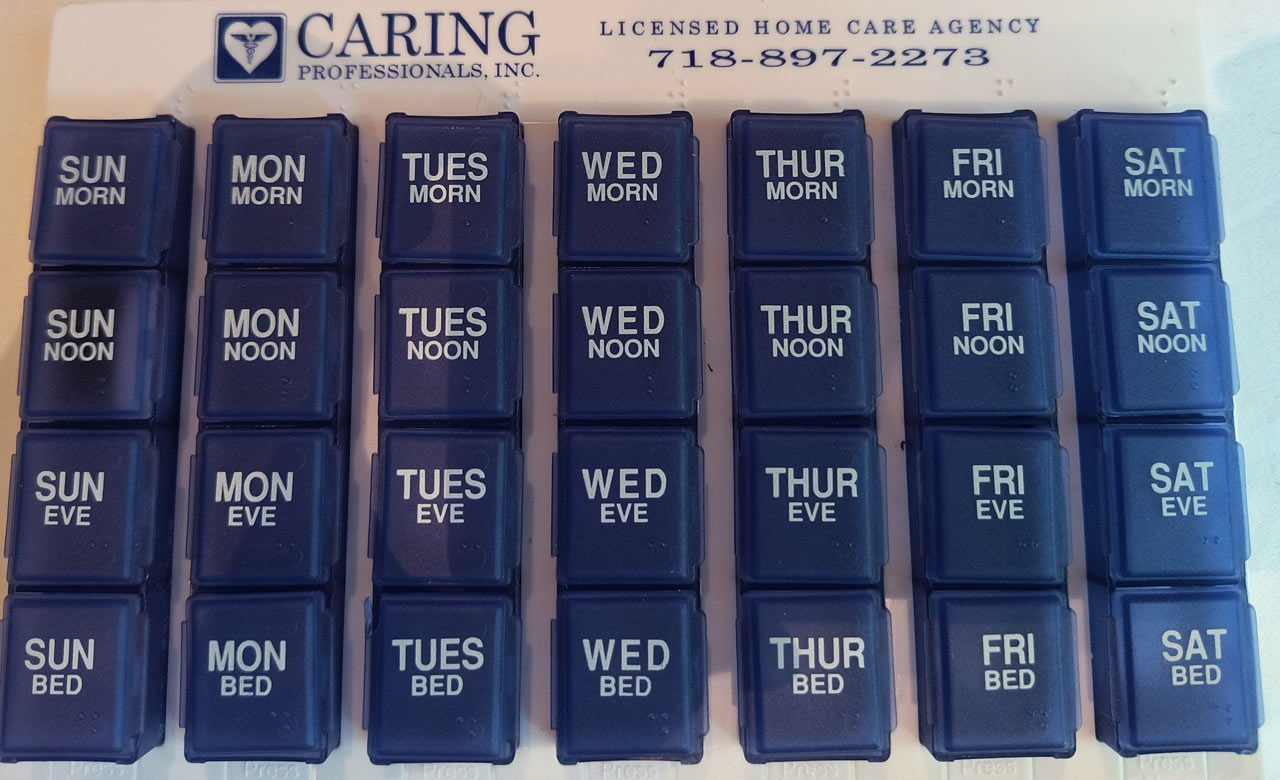That’s a common reaction from an adult to doctor’s orders. Whether it is kidney disease, high blood pressure, cholesterol spikes, or blood sugar issues, changing a lifelong diet because of medical conditions is a common need during late middle age and seniority. What’s a responsible adult to do?
Family support is key. If this is treated like a family project and embraced with enthusiasm, it need not feel so onerous. Generating excitement about improving health outcomes is smart. Posting colorful photos with attractive dishes displayed around the kitchen is one way to begin the initiative. Follow up quickly with recipes and accompanying photos on kitchen cabinets; this is an introductory measure to spark interest even before the rules kick in. You want to check out cookbooks from diverse cuisines out of the library and leave them around for perusal. Not all will be adaptable, but the idea is prompting experimentation and adventure in eating.
Follow the lead of the patient and ask him what he wants to try. Order new ingredients in small amounts. Turn on music from that culture while you cook the food together. If you are really the creative type, you can take out different cutlery and dishes you have around the house and pretend you are going to a Tibetan restaurant if you are trying out a Tibetan recipe. Peruse your local fruit market for ethnic fruits and veggies to try. Turn this into an expansion of cuisine, not a restriction.
This is work, but investing your time in tempting the patient will turn the negative into something positive. Having fun rather than preaching no’s is a good idea. Take photos and share with family members for positive reinforcement. You will get interest, and your patient will feel motivated to adapt to the new restrictions.
Don’t overdo the changes and introduce new foods sparingly. Your goal is implementation with excitement, not sensory overload or too much drama. You want your patient to eat the food. At the same time offer favorites with some adaptations to suit the new diet. Don’t talk much about it at all. Just do it and sit with the person while he eats. Chatting over dinner, inviting a friend over, and turning on music will make the meal more pleasurable. You want the food to be eaten, not pushed. Make sure screens are off and there is human engagement.
Don’t ask for immediate responses to the question “did you like it”? You have time to ask the person the next day, shall we do this again? Or how can we adapt the recipe? Don’t give the person the opportunity to say no. And don’t lecture about how healthy it is. Go on to the next food if it doesn’t go over well. At some point, you can replace the photos on the kitchen cabinets with a list of menu choices. You want to show that there are so many new options for the expansion of cuisine, rather than restriction.
More articles and resources from Caring Professionals:
- Preserve the Past, Share the Future: Digital Storytelling for Families
- I’m confused! Home health care, home care, personal care. What’s the difference?
- Caring for a Parent Without the Family Feud
- An Aging Expert’s Top Nine Tips for Aging Well
- Spousal Caregiving 101: Navigating the Shifts in Love and Responsibility






